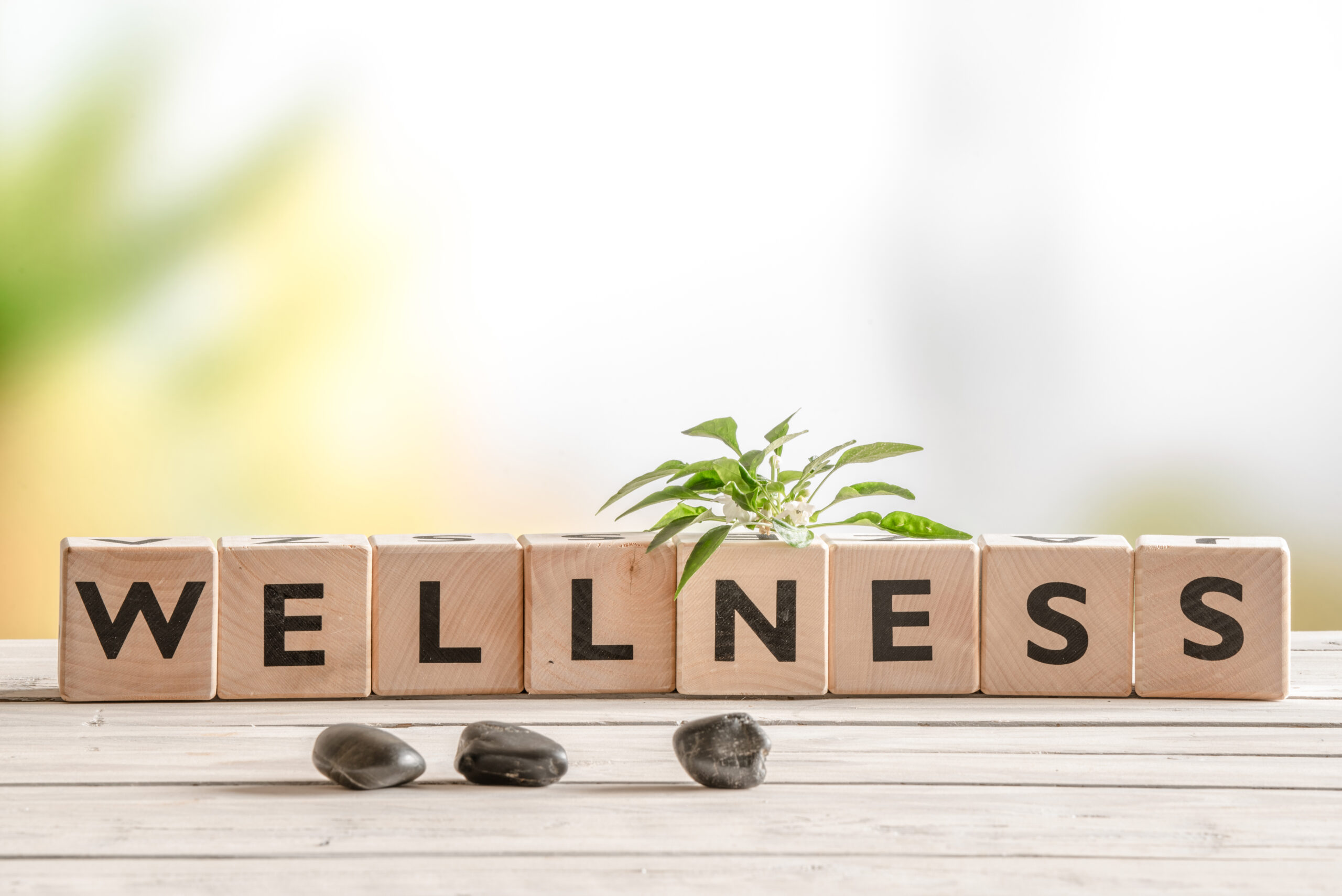Supporting Our Kids’ Physical, Mental, and Digital Wellness
To say the last seven months have changed the relationship you (and your kids) have with the internet and connected devices would be the understatement of the year. Since the start of the global pandemic in March the numbers of online communities with screen time continue to grow exponentially. 100 million users of Google classroom, 62 million downloads of video chat apps, 2.7 billion online gamers, 3.96 billion social media users and 88% of the world working from home demonstrates a world which experienced a seismic shift to online spaces.
Our increased dependence on the internet for school, work, and connection to others has created both challenges and opportunities for all families. As we keep our children home and safe, how do we ensure their time online is safe, too? How do we guarantee their technology use is healthy and does not negatively impact their mental and physical health?
In the latest episode of our Managing Family Life Online Series we were joined by returning guest Dr. Michael Rich, Director, Center on Media and Child Health and Associate Professor of Pediatrics, Harvard Medical School. Together we discussed everything from the essence of true friendships to how we build a global village where authenticity is at the core of social media, how to use it right and ‘connect’ with others. A few key takeaways:
- Now is the time for some self-reflection and actualization. After decades of focusing on ME, we need to focus on WE. Collectively we need to flip the M upside down and reframe how we approach both digital and physical life. More than ever we are dependent on each other for support both now and post-pandemic.
- Screens were a playground, now they are our everything. Before COVID-19, screens for most people were a bit of an escape. A place to socialize or unwind. In a pandemic-driven world, screens are now schools, gyms, movie theaters, workplaces, etc. The collective feeling of Zoom burnout is real for all and in some cases we see both parents and kids using the screens less than before in their free time. In many ways, this time is pushing us to collectively reinvent both the school and the homelife experience.
- Digital Learning is still a work in progress, but it’s going in the right direction. All can agree the fall semester was ‘chaos’ at best. Some treated the pandemic-enforced learning from home as an extended ‘snow day’, some tried too hard to create the in-person world and pushed people to judge tools and offerings too harshly. However, the longer this lasts the more data we can reflect on and see where some students are actually thriving and taking advantage of how technology allows for more personalization (ex: more confidence/willingness to ask for help in a virtual chat vs walking to a teacher’s office hours).
- Privacy is subjective based on age. To students ‘my privacy’ mostly means keeping out of the crosshairs of ‘nosy parents’ versus looking more closely at their digital footprint. The real focus for parents and kids should be on content and context.
- We lost a lot when ‘friend’ became a verb. It is a lot harder than just the push of a button to maintain actual relationships and the effort to build true friendships. We need to think more about connectiveness among people and less about connectivity of a device. Continue to chat with your kids about authenticity and ask questions about what they see online, even from ‘their friends.’ Digital life is often overly curated and rather than a true reflection of a person it is just an image, a moment or an ideal someone wants to reflect. In many ways we are now treating social changes the same way brands do and are just ‘marketing’ ourselves to our peers.
- Being a good role model, includes model digital citizenship. Before you lose your patience at how much your kid may be looking at his/her phone think about your own actions? Are you working at all hours, are you looking at your own phone during family dinners or during ‘off hours’ family time? If so, you are setting the ground rules for your kids to do the same.
To hear more on these topics, listen to the full conversation with Dr. Rich.
Additional helpful resources include:
Next up: David Kleeman, Senior Vice President of Global Trends, Dubit and Vice President, National Association for Media Literacy Education joins us to discuss how over the last several months, we have seen an unprecedented rise in internet use partially driven by our children’s time online. We will tackle What are some of the most popular types of media, games, and brands right now and why they have been so popular. Find out how kids’ media behaviors have changed over recent months and what the future may hold.
Join us on November 18, 2020 as we dive into this discussion.. More details in our Webinars page.
Lynette Owens is Vice President of Consumer Education & Marketing at Trend Micro and Founder of the company's signature Internet Safety for Kids and Families program. With 30+ years in the tech industry, Lynette oversees global initiatives to help deliver the technology tools and education that people of all ages need to keep themselves and their families safe online. She serves on the advisory boards of the Identity Theft Resource Center's Alliance for Identity Resilience, the Global Anti-Scam Alliance, and INHOPE.
